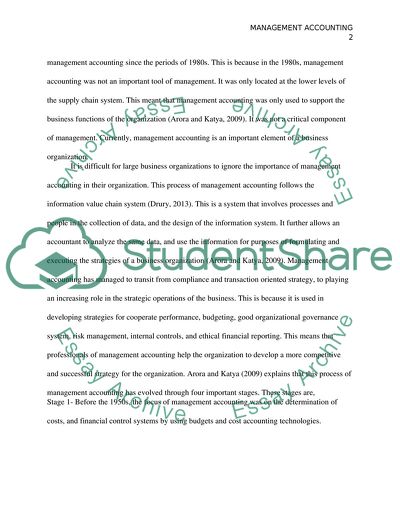Cite this document
(“The success of a centre of calculation lies not in the hands of Essay - 1”, n.d.)
The success of a centre of calculation lies not in the hands of Essay - 1. Retrieved from https://studentshare.org/finance-accounting/1659666-the-success-of-a-centre-of-calculation-lies-not-in-the-hands-of-designers-but-in-the-hands-of-those-who-come-after-briers-chua-2001-p-265-with-reference-to-the-above-quotation-critically-review-the-change-in-management-accounting-tec
The success of a centre of calculation lies not in the hands of Essay - 1. Retrieved from https://studentshare.org/finance-accounting/1659666-the-success-of-a-centre-of-calculation-lies-not-in-the-hands-of-designers-but-in-the-hands-of-those-who-come-after-briers-chua-2001-p-265-with-reference-to-the-above-quotation-critically-review-the-change-in-management-accounting-tec
(The Success of a Centre of Calculation Lies Not in the Hands of Essay - 1)
The Success of a Centre of Calculation Lies Not in the Hands of Essay - 1. https://studentshare.org/finance-accounting/1659666-the-success-of-a-centre-of-calculation-lies-not-in-the-hands-of-designers-but-in-the-hands-of-those-who-come-after-briers-chua-2001-p-265-with-reference-to-the-above-quotation-critically-review-the-change-in-management-accounting-tec.
The Success of a Centre of Calculation Lies Not in the Hands of Essay - 1. https://studentshare.org/finance-accounting/1659666-the-success-of-a-centre-of-calculation-lies-not-in-the-hands-of-designers-but-in-the-hands-of-those-who-come-after-briers-chua-2001-p-265-with-reference-to-the-above-quotation-critically-review-the-change-in-management-accounting-tec.
“The Success of a Centre of Calculation Lies Not in the Hands of Essay - 1”, n.d. https://studentshare.org/finance-accounting/1659666-the-success-of-a-centre-of-calculation-lies-not-in-the-hands-of-designers-but-in-the-hands-of-those-who-come-after-briers-chua-2001-p-265-with-reference-to-the-above-quotation-critically-review-the-change-in-management-accounting-tec.


